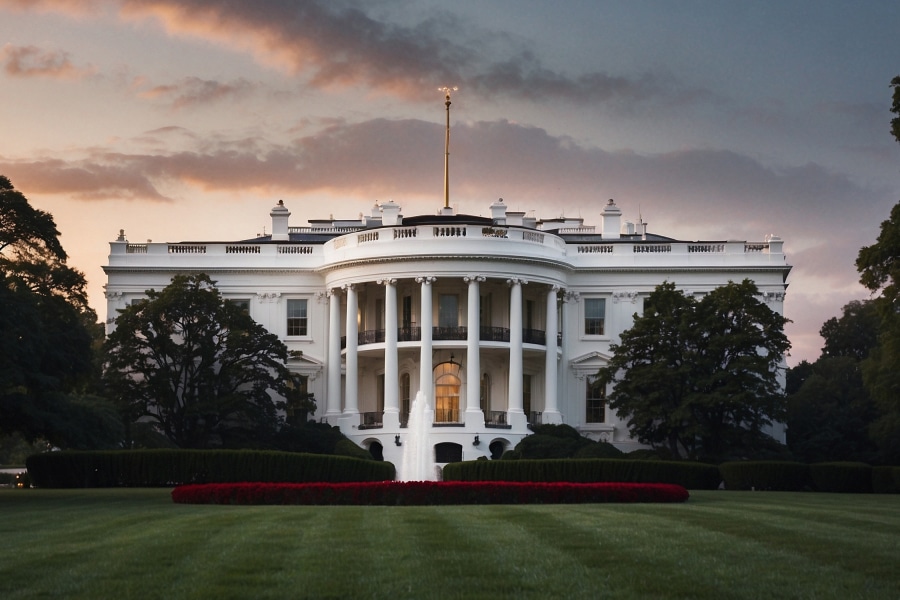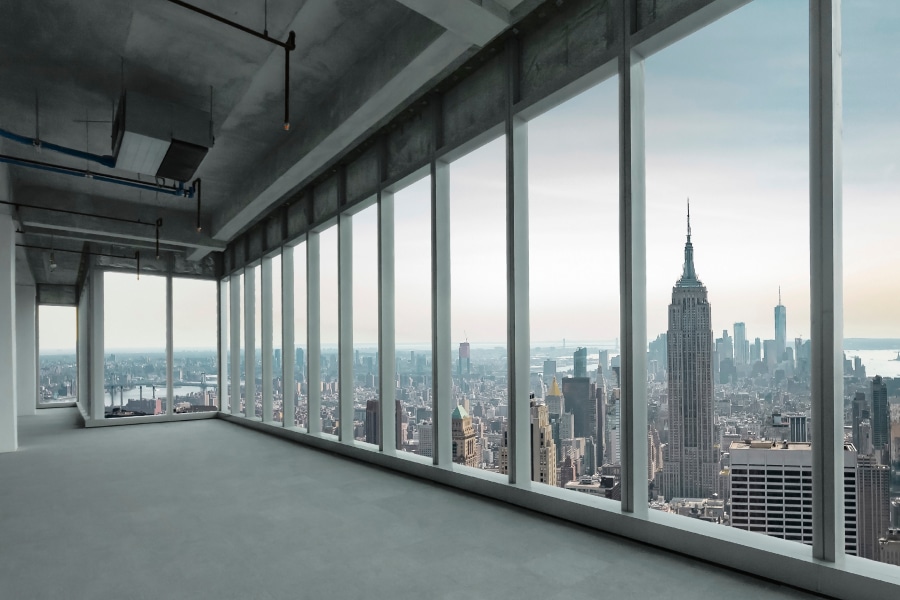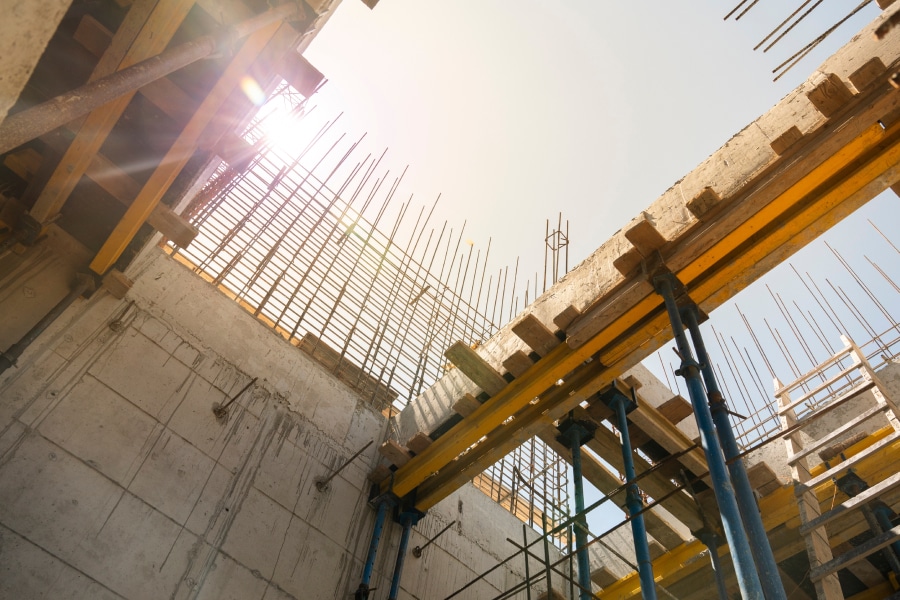No building material has had a crazier pandemic than lumber.
When COVID-19 initially hit in early 2020, most lumber suppliers curtailed production, thinking the broader economic environment created by widespread lockdowns and uncertainty would slow construction activity and lower demand for houses—and, in turn, wood.
Instead, home buying and home remodeling surged, as the proliferation of remote work coinciding with millennials entering their prime home-buying years created a perfect storm the lumber industry didn’t see coming. Construction also didn’t slow, as the sector was quickly deemed an “essential” business by regulators.
That sent prices for the essential home-building commodity surging in 2020. By mid-2021, however, the price of lumber tumbled, as the industry leveled out production.
Now, in the first half of 2022, lumber prices are sky high again. Why?
According to David Logan, senior economist at National Association of Home Builders (NAHB), this most recent lumber price surge is due to several factors:
- Ongoing supply chain bottlenecks for framing packages that are forcing more builders to put their projects on hold
- The doubling of tariffs that increased price volatility
- Low domestic lumber production that has lagged far behind home construction
- Historic flooding that wiped out some infrastructure in southern British Columbia and Washington (two top lumber producing areas) in November 2021
Zach Fritz, an economist with Associated Builders and Contractors, also pointed to high lumber tariffs as a main trend driving the surge in lumber prices, along with the soaring demand for housing.
In November 2021, the U.S. Department of Commerce announced that tariffs on softwood lumber imported from Canada would double—from about 9% to 17.9% in 2022. Fritz noted this is modestly lower than the 20% lumber tariffs the previous administration implemented in 2017, which were cut down to 9% in December 2020 in the face of historically high lumber prices.
Demand for new housing
Also in November 2021, housing starts reached their highest level since September 2006. “Several factors, like millennials entering the housing market en masse, retirees downsizing, Americans migrating from the Northeast to the South and Southwest in large numbers, and pandemic-induced shifts from urban to suburban living have bolstered the demand for new housing to levels we have not seen since the mid-2000s,” Fritz said. “Because lumber is a primary input to residential construction, typically accounting for about one-sixth of the cost of a house, this has significantly increased demand.”
The trends driving lumber prices higher will not go away anytime soon. The United States-Canada dispute over lumber tariffs dates back to the early 1980s. Permits for new residential construction remain near their highest level since 2006, while housing inventory is historically low.
“With tariffs firmly in place and the demand for housing set to exceed supply for some time, expect lumber prices to be high for the foreseeable future,” Fritz said.
The US builds more than 90% of its single-family homes with lumber, a significantly higher share than most of the world. The UK, for instance, only builds about 20% of single-family homes with lumber. Fritz said that because the two main substitutes—steel and concrete—have also seen rapid price increases in recent months, this trend will not change anytime soon.
Board feet prices 254% higher than pre-COVID price levels
“Futures markets suggest that lumber will remain above $1,000 per thousand board feet through September 2022,” Logan said at the time of this writing. NAHB doesn’t officially forecast commodities prices, so pointing to futures prices is the best Logan and other industry observers can do.
The significant increase in building materials costs has led to delays and cancellations of projects nationwide. Logan said you can clearly see this in the data as the number of single-family units authorized but not started is the highest it has been since April 2007. Additionally, since January 2018, single-family starts are up 31%, while the number of units authorized but not started has increased 70%.
Logan added that interest rates, which have already risen this year, are expected to continue to creep higher throughout 2022, which will add a headwind to the construction industry after it has benefitted from accommodative monetary policy since the onset of the pandemic.












